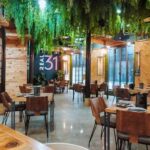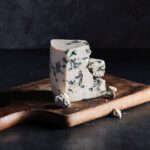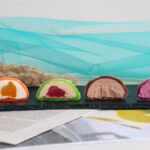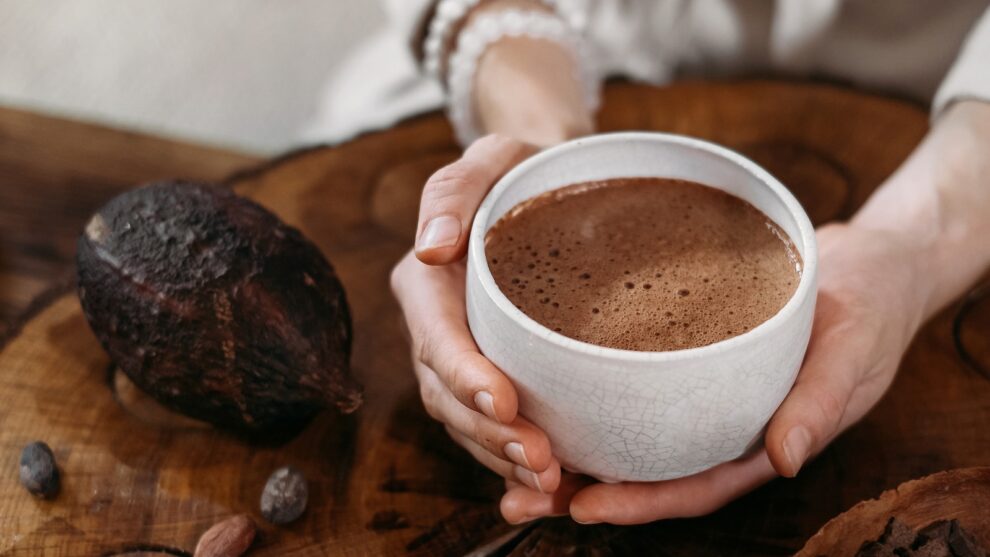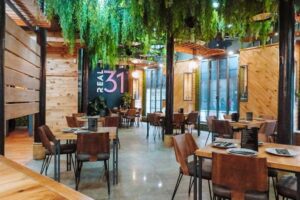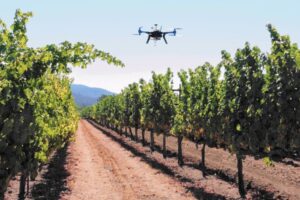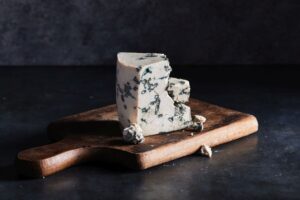It’s hard to imagine a world without bars of chocolate, but in the early 18th century, most Europeans and American colonists only knew about this delicacy in the form of a warm, spicy drink.
The raw ingredients of chocolate, cacao beans, had traveled with Spanish conquistadors from Central America to Spain centuries earlier, and the chocolatey beverage had been enjoyed by the royal families of France and Spain for years. But cacao beans were expensive and not widely available until the mid-1700s. As the planting of cacao trees expanded in the West Indies, trade routes brought the raw ingredients for chocolate to England and North America, along with tea, coffee, sugar, and spices.
We think of hot chocolate as a treat that lifts our spirits, but the chocolate drink of the 18th century was considered truly medicinal; Benjamin Franklin’s “Poor Richard’s Almanac” recommended it as a cure for small pox. Chocolate was known as the energy drink of the time, helping to give strength to the sick and increase libido. In fact, women and children were discouraged from drinking it for fear of too much stimulation!
Bean to cup chocolate, 18th century style

Bars of chocolate as we know them were not possible until 1828, when the Dutch invented a new process for manufacturing. Until that time, chocolate drinks were either brewed from roasted ground beans (like coffee today) or made up of dissolved shavings from the rudimentary bars of gritty, ground beans mixed with sugar and spices. Needless to say, the cup of chocolate produced was neither smooth nor creamy. The earliest English recipe for chocolate contained sugar, long red pepper, cloves, aniseed, almonds, nuts, and orange flower water. These ingredients were boiled with water and sometimes milk, then frothed with a hand mill. Other recipes included thickening agents like bread and egg, which would also add to the nutrition of the drink known simply as chocolate.
Another version of drinkable chocolate was more tea-like, steeped from the outer shells of the cocoa beans after roasting and removing the interior flesh for grinding. Those shells were not discarded; records show that first lady Martha Washington preferred drinking the brew from steeped cacao shells for breakfast, and she ordered them by the bushel!
Changing tastes

In the Revolutionary War era of the late-1700s, drinking coffee rather than tea became a patriotic act due to the politics between Britain and the colonies. Tea, coffee, and chocolate had all been served at coffee houses in North America, but coffee emerged as the national drink thanks to both ease of preparation and anti-British sentiment. Chocolate as a beverage was more difficult to prepare than coffee due to the need for the spices that were added and the extra mixing steps, although it never fell completely out of favor. Luckily for us, hot chocolate and cocoa eventually became more accessible thanks to the new technology developed in Holland.
When Dutch inventors improved the processing of cocoa beans, edible chocolate in bar form became possible, eventually overshadowing the former roughly ground cakes used for beverages. Mechanical processing also produced powdered chocolate that could be stirred into liquids. Making drinkable chocolate was easier than ever by the middle of the 19th century, and it’s still one of America’s favorite comfort drinks.
Source : Tasting Table

